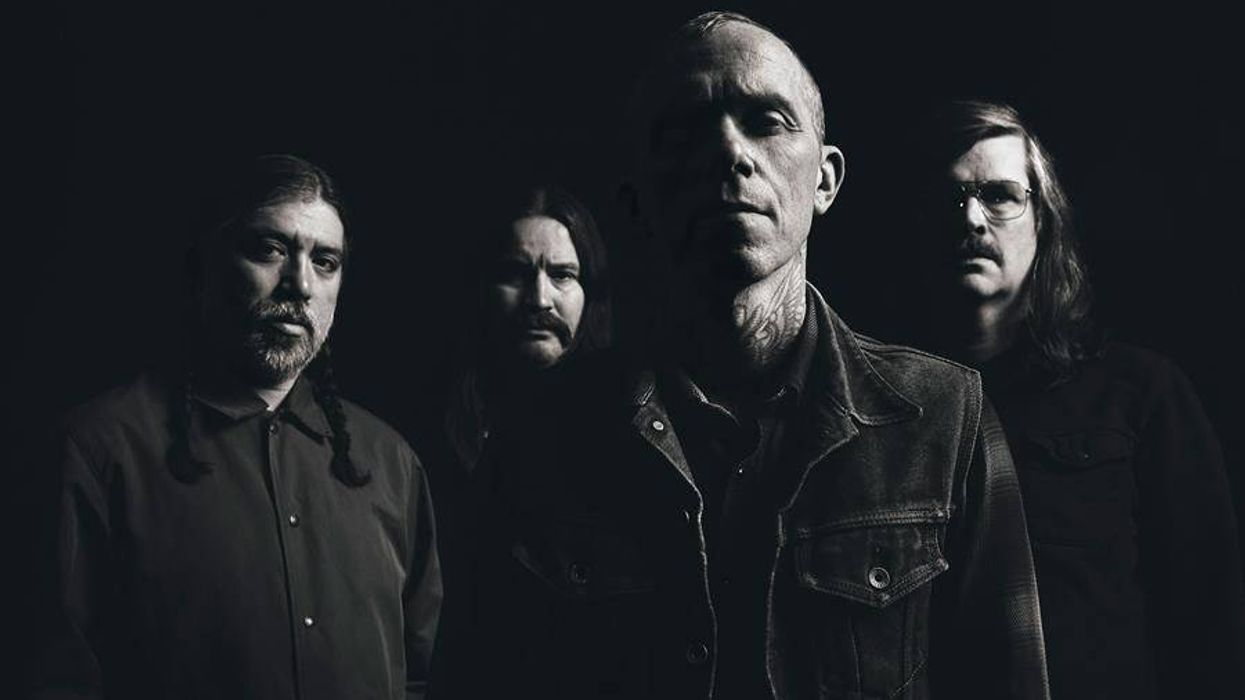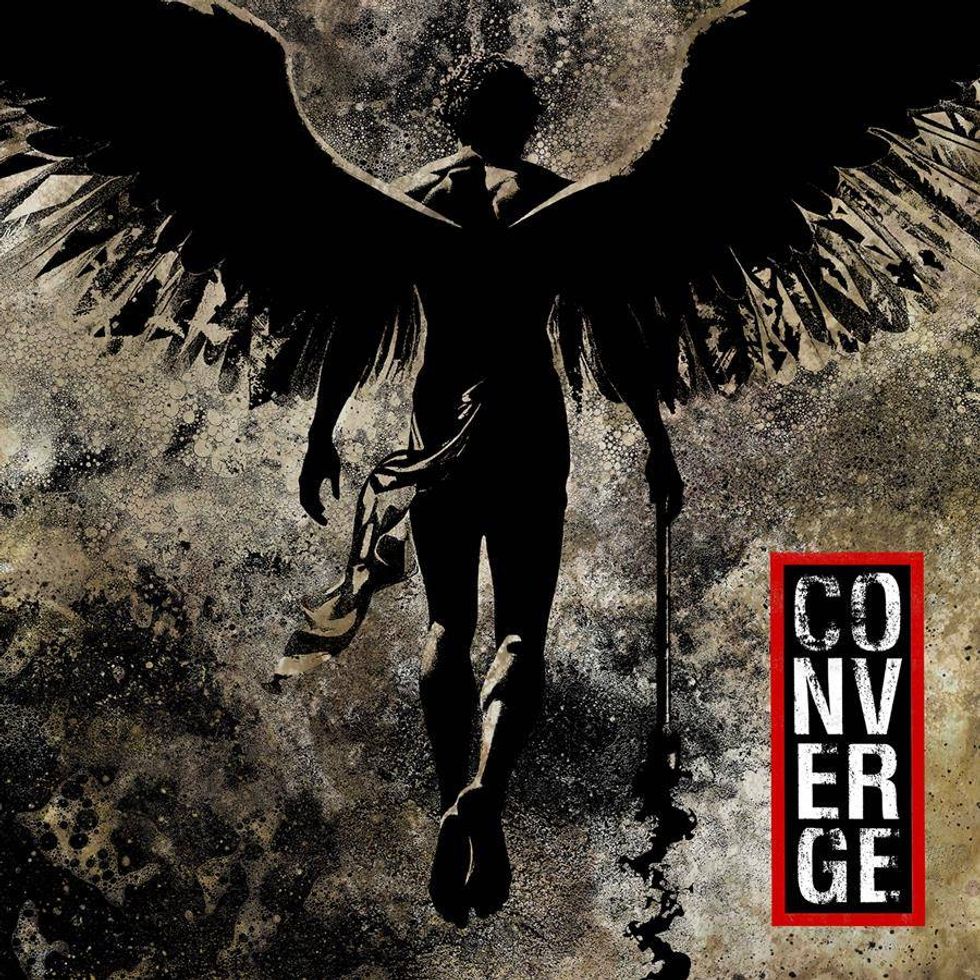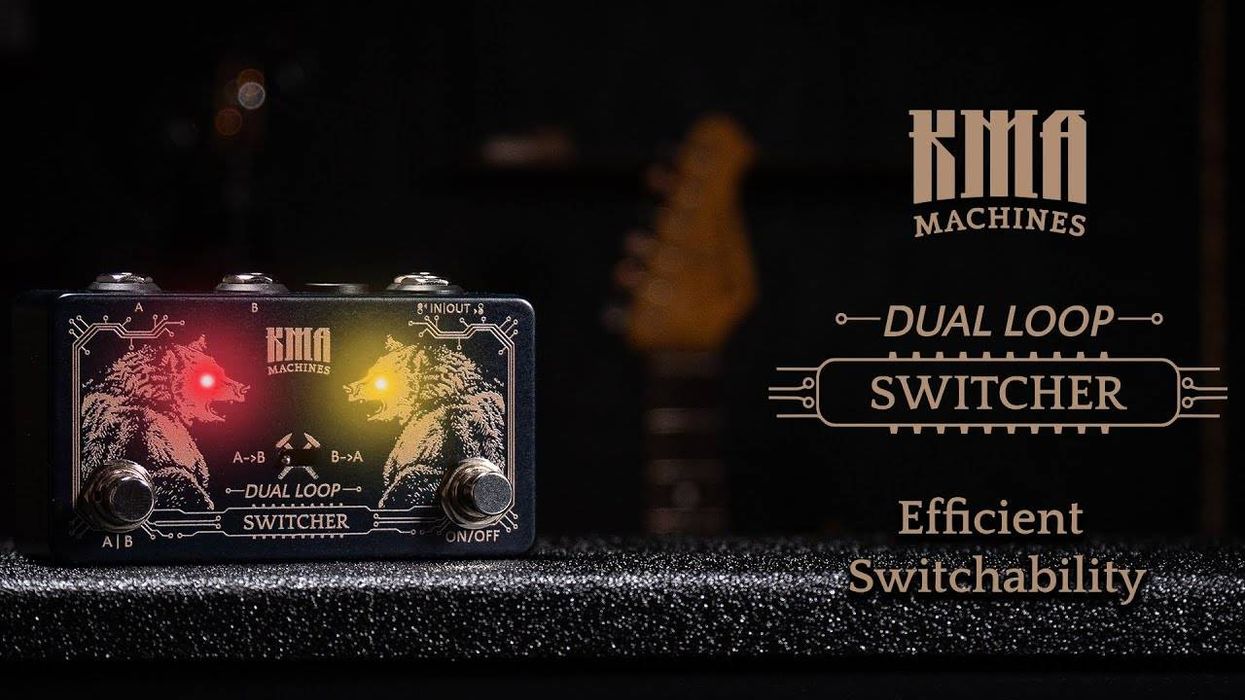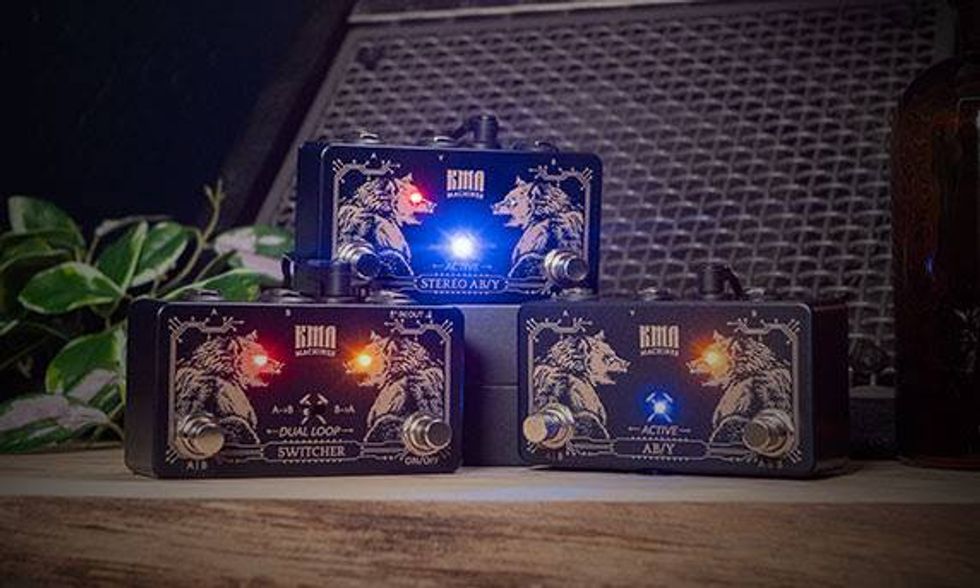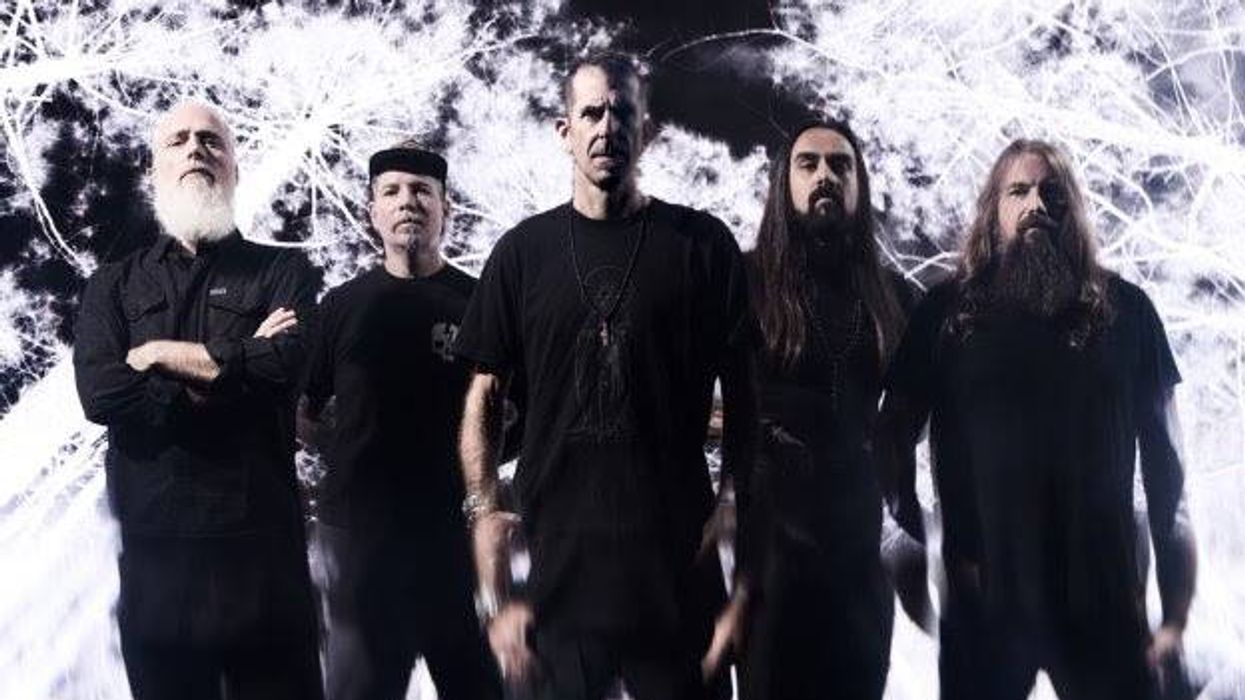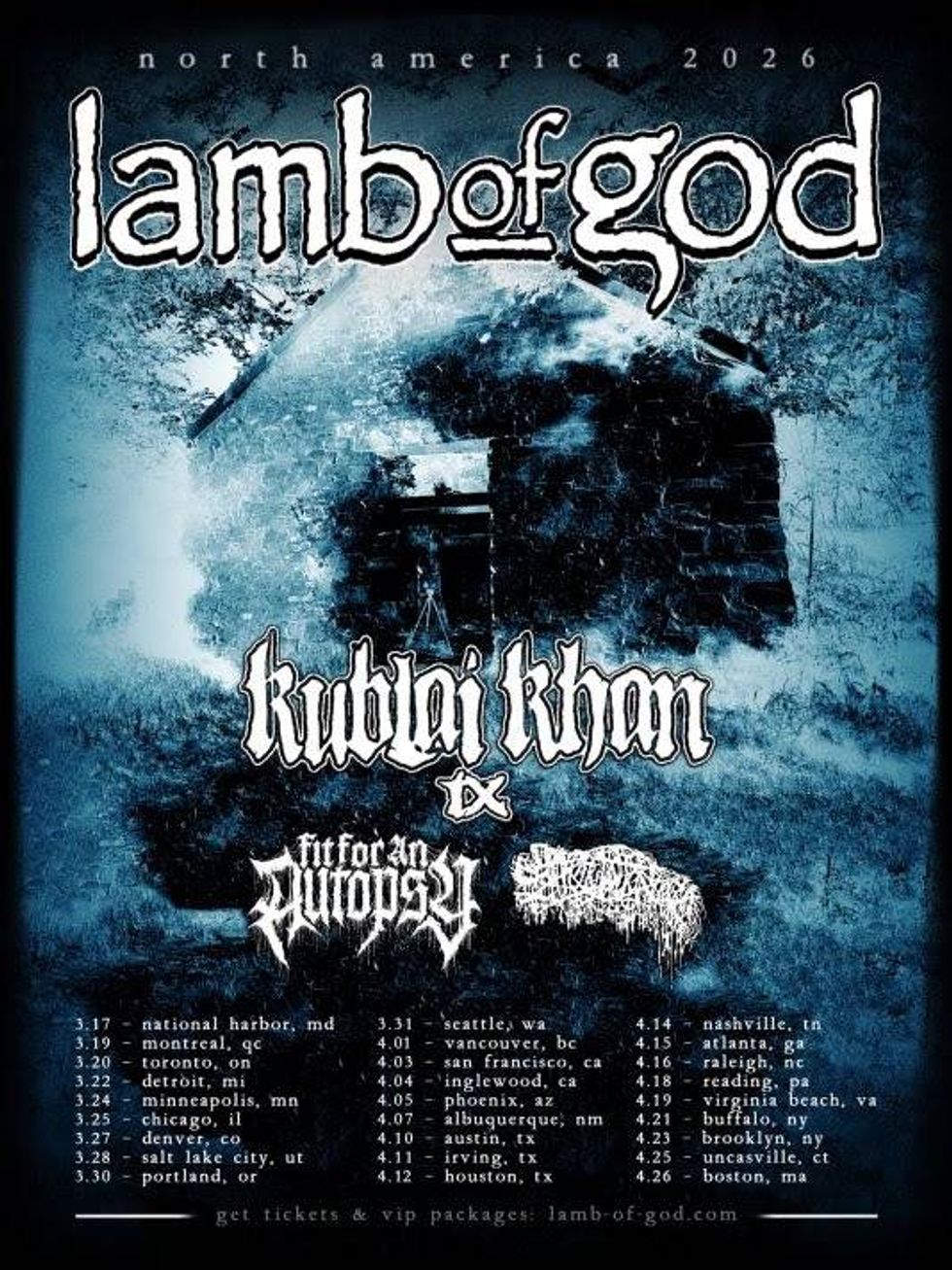Now iPhone and the previously released Rig Manager iPad offer wireless control of the PROFILER Stage, PROFILER Head, and PROFILER Rack. This adds another dimension of parameter editing and fine-tuning of your guitar tone at home, in the studio, at rehearsal, and on stage.
You can add, swap and modify effects using the intuitive graphical user interface. You only need one hand to optimize your PROFILER performance while the other one is holding that power chord. It has never been easier to get the best tones out of the PROFILER.
KEMPER PROFILER - Rig Manager for iPhone released (Stage)
For more information, please visit kemper-amps.com.
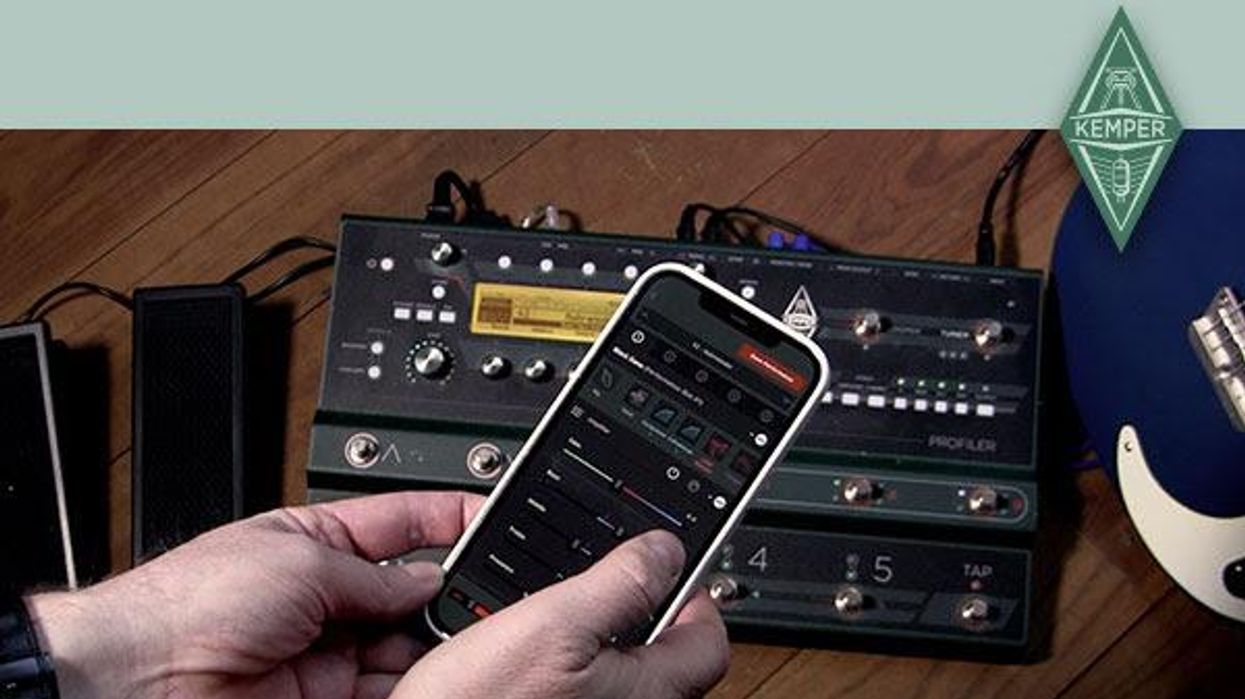
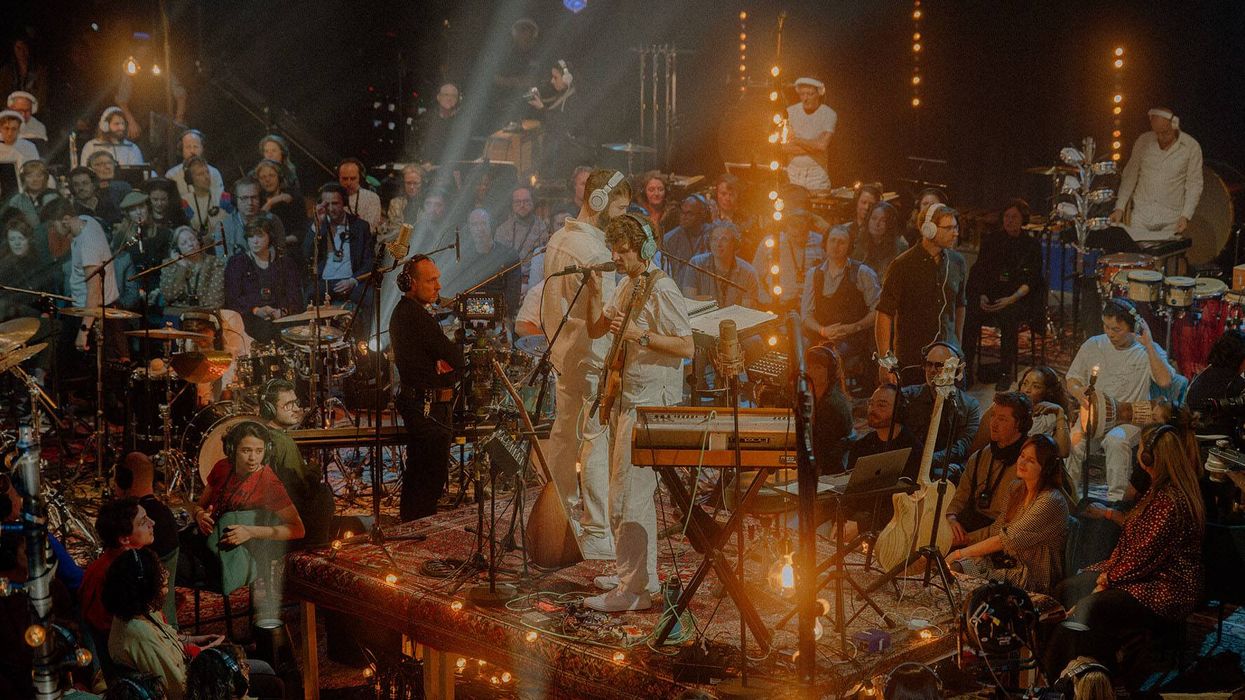
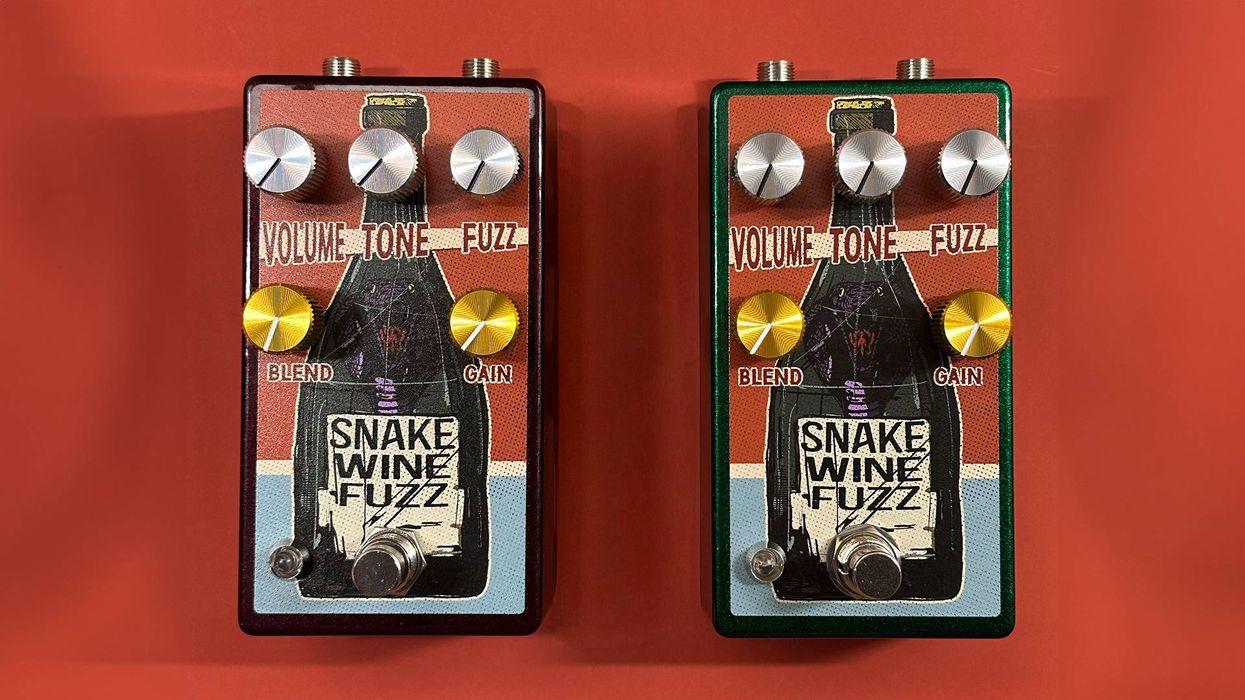
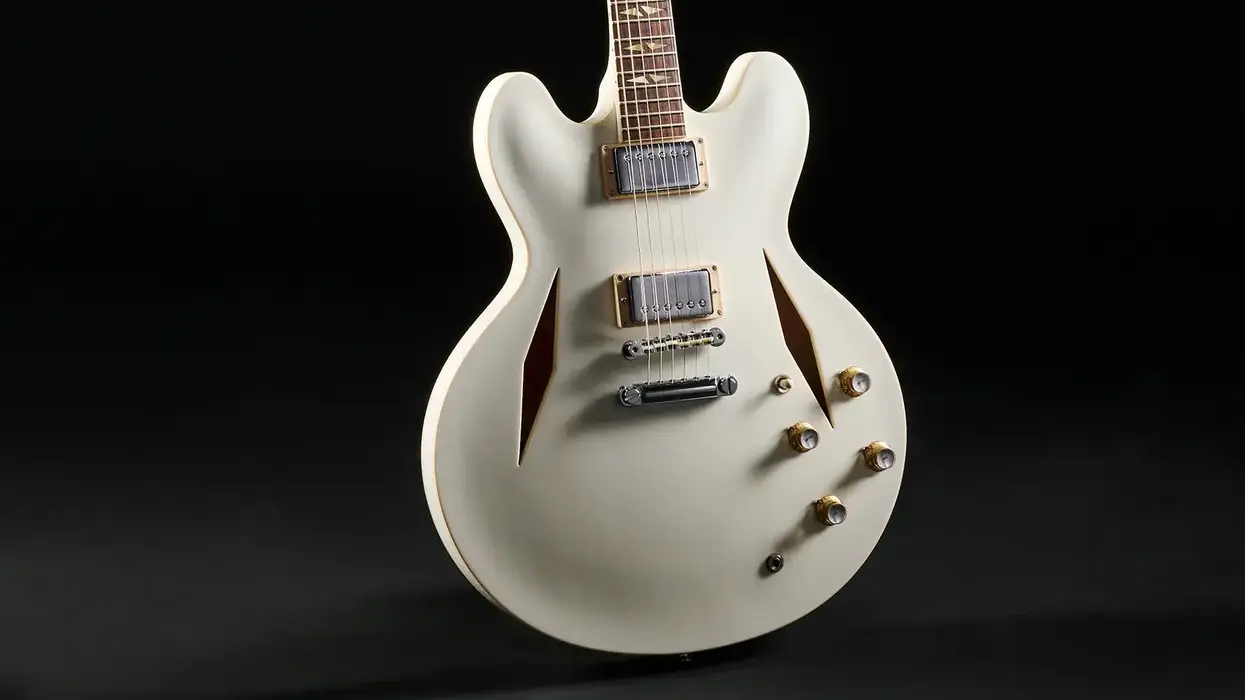
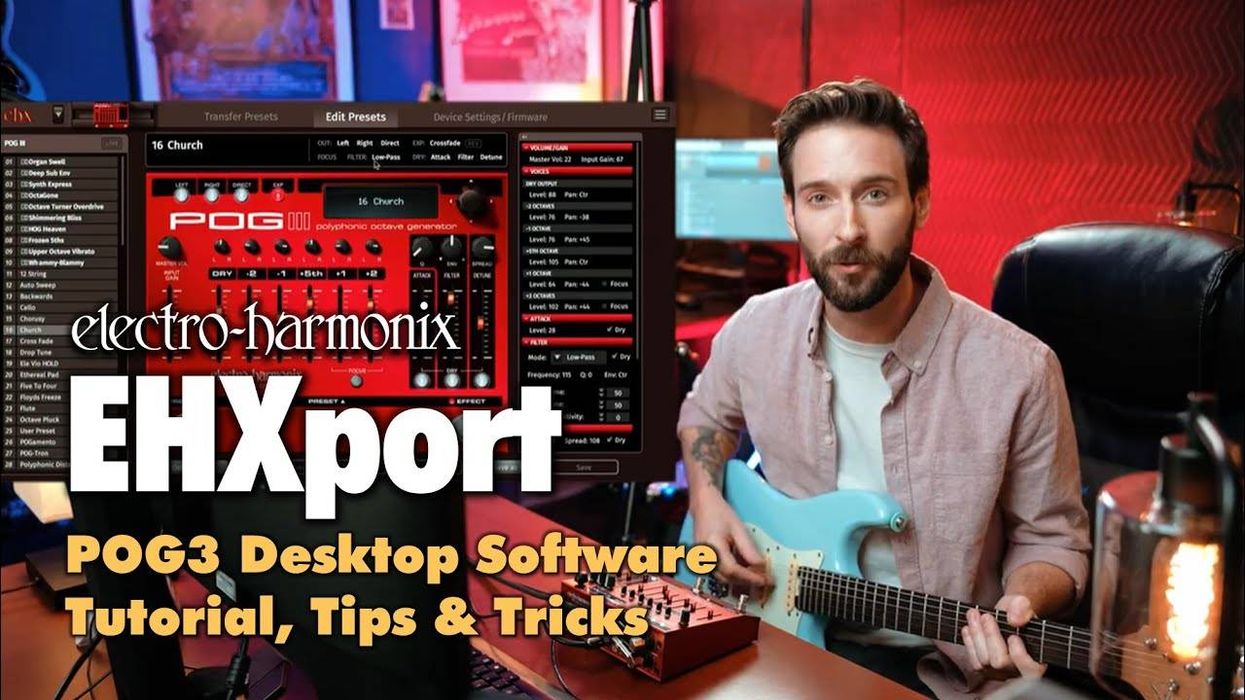
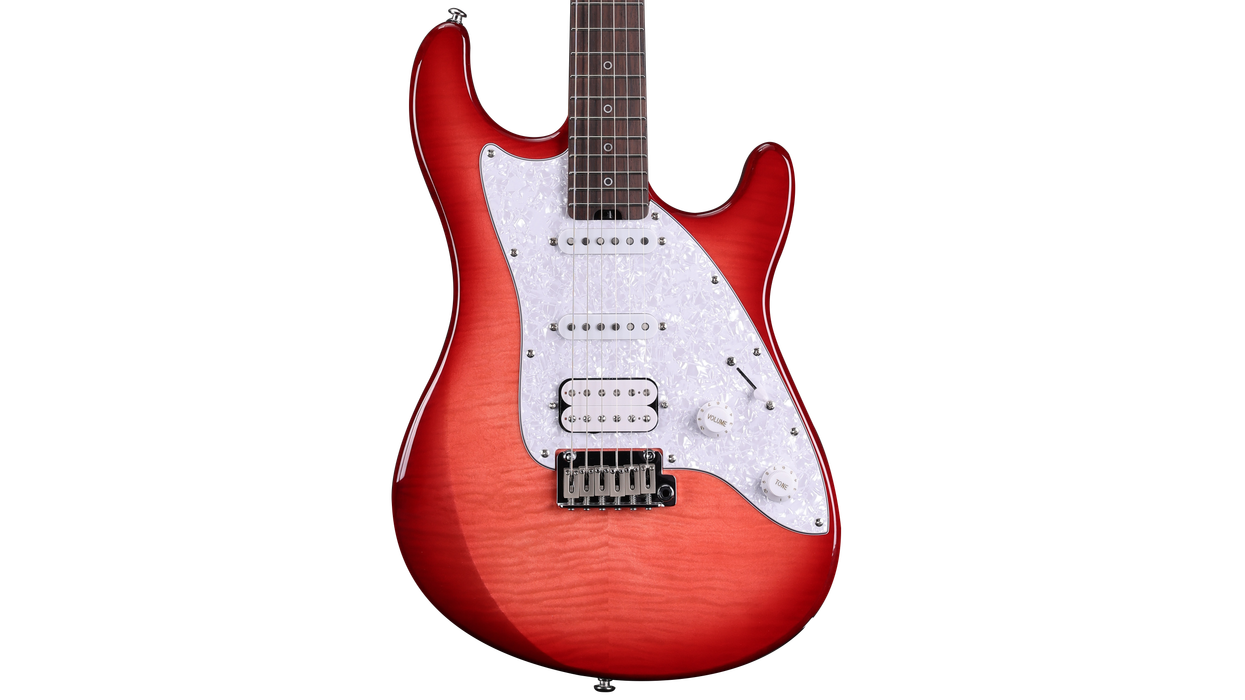
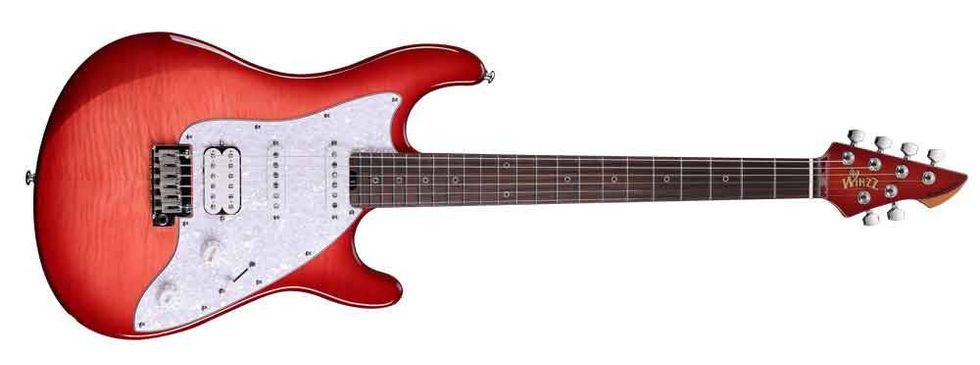
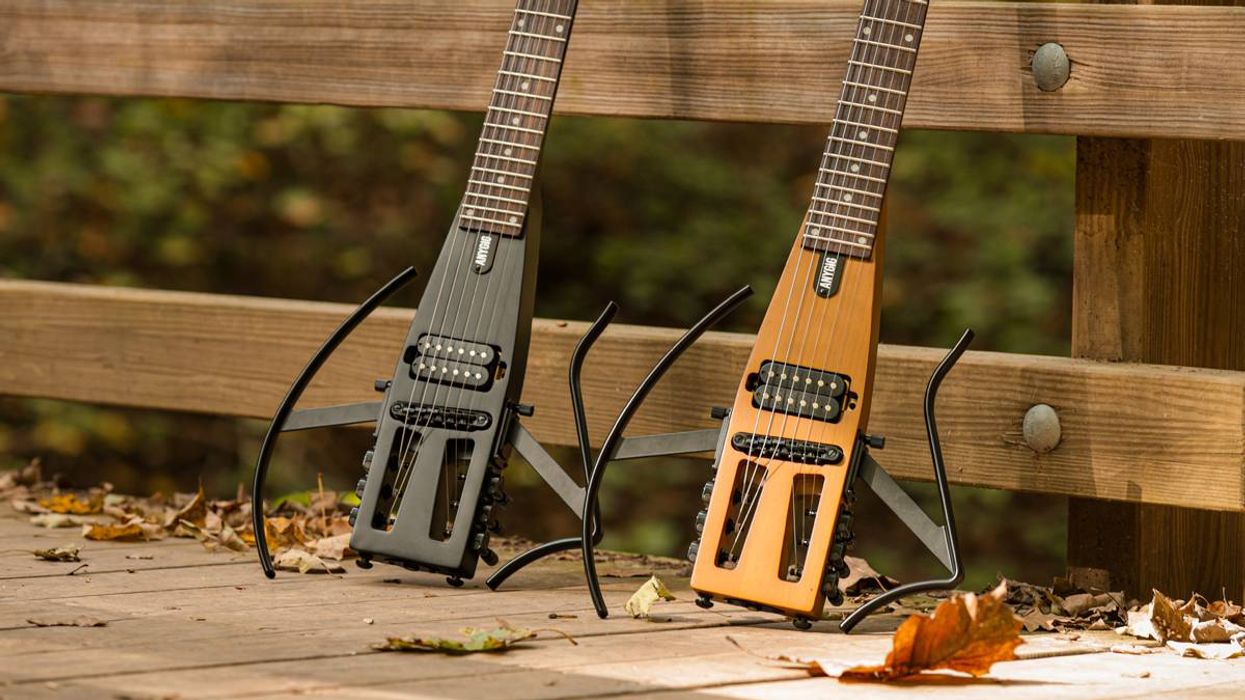
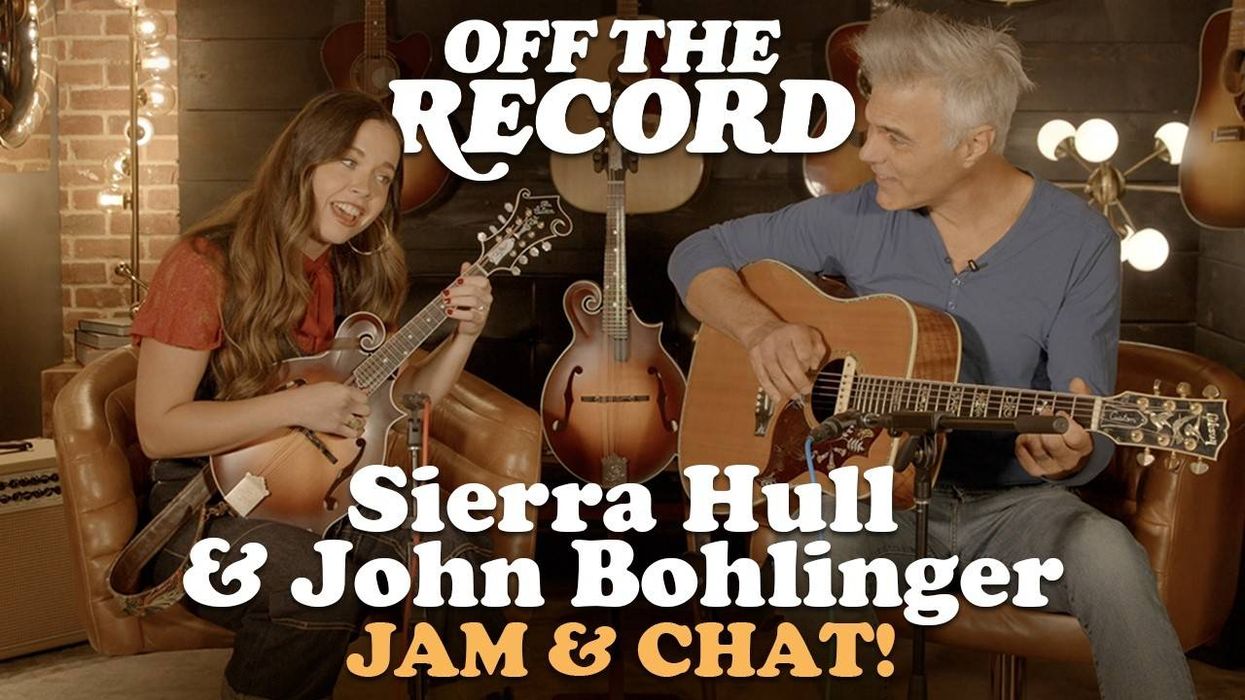
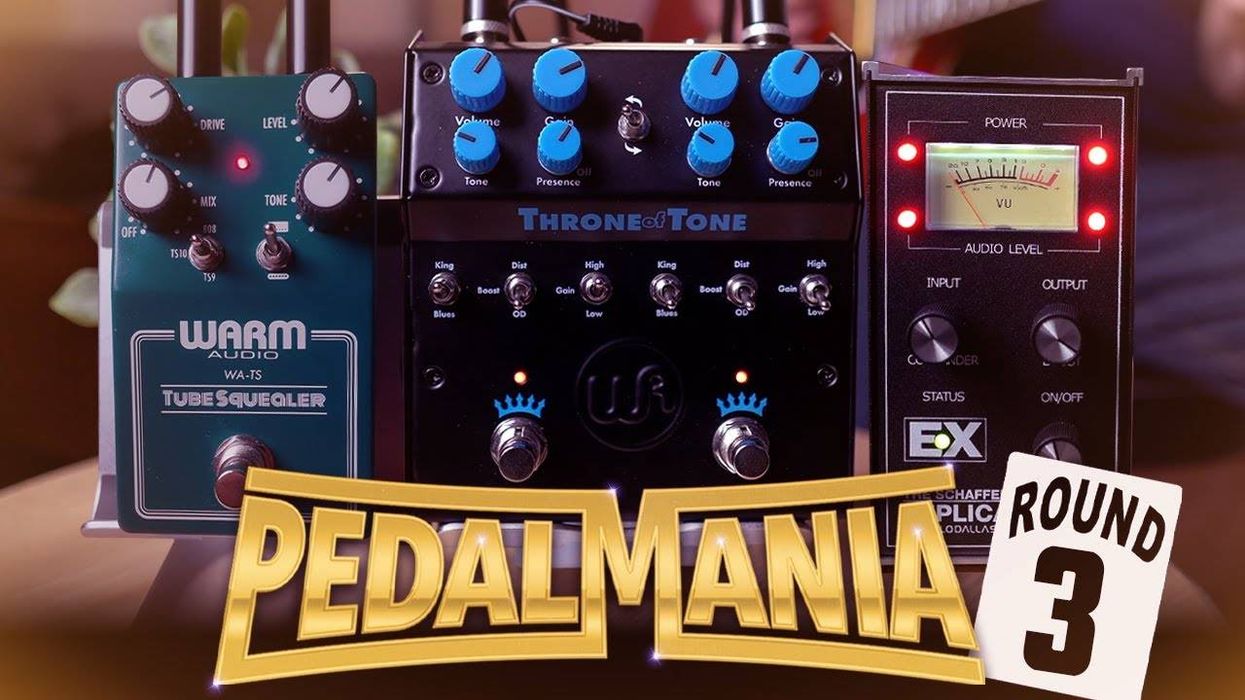
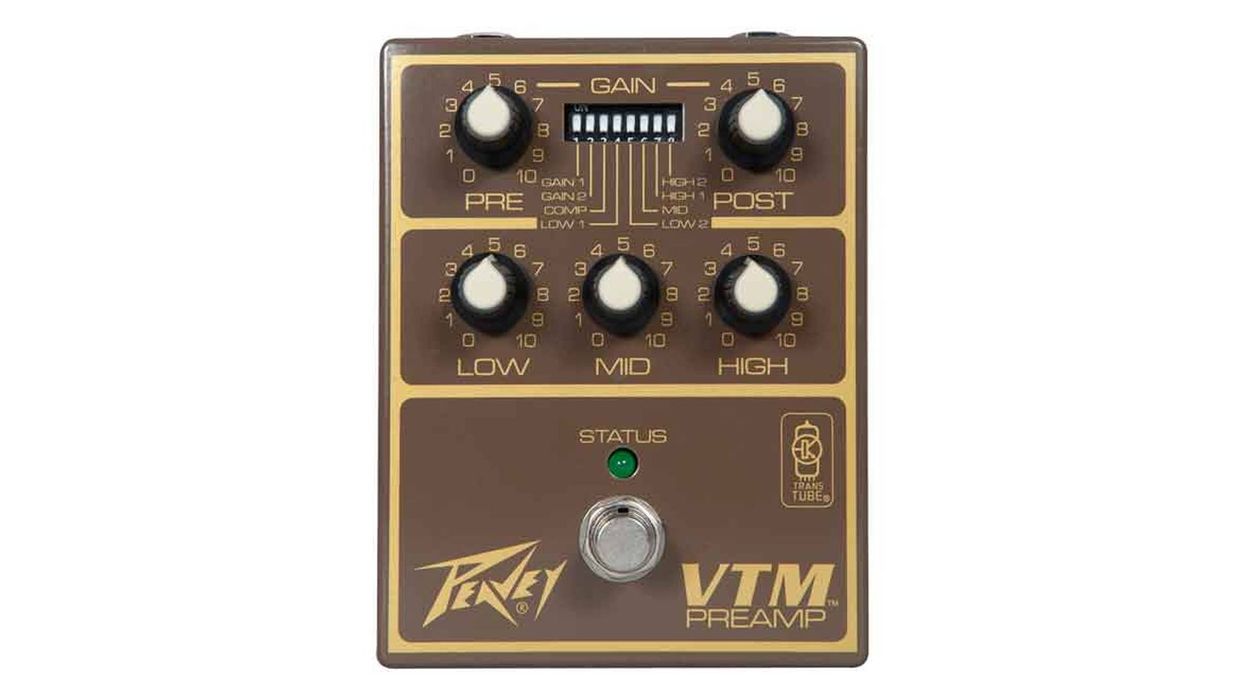

![Rig Rundown: AFI [2025]](https://www.premierguitar.com/media-library/youtube.jpg?id=62064741&width=1245&height=700&quality=70&coordinates=0%2C0%2C0%2C0)
